Feasting on Murder: A Highly Subjective List of the Top Ten Classic Foodie Mysteries
By Amy Pershing
February 23, 2021
How does one account for the sheer number of mysteries in which food, both for good and evil, features prominently? So prominently that it’s virtually a character itself—or at least a character witness. Perhaps it’s because food (the cooking of it, the eating of it, the sharing of it) offers so many lovely options for the mystery writer:
Need a weapon? So many to choose from—mushrooms, chef’s knives, even duck presses (I kid you not. See below).
Need a murderer? Well, as W.H. Auden once pointed out (erroneously, I hope, but still), “Murder is commoner among cooks than among members of any other profession.”
Need a detective? Foodies, whether chefs, caterers or critics, are the literary equivalent of cats—endlessly curious. (Though not all. Not Nero Wolfe’s legendary chef, Fritz, who complains, “I can’t make good glace de viande if I have to be watching murderers.”)
As a writer of cozy culinary mysteries myself, I’m not even going to attempt to list my favorites in that delightful genre. But below in roughly chronological order is my highly subjective list of the Top Ten Classic Foodie Mysteries.
Dorothy Sayers’ Strong Poison (1930) checks all the boxes. Amateur gentleman detective Lord Peter Wimsey must prove mystery writer Harriet Vane innocent of poisoning her ex-lover. The solution turns on one dinner—bouillon, turbot with sauce, poulet en casserole, and a sweet omelette—described in loving detail. Which is fun but kind of creepy, since somewhere in there, some arsenic slipped in.
Of course, no one did poisons—particularly plant-based poisons—quite like the Queen of Mystery, Agatha Christie. The murder weapon in Five Little Pigs (1943) is spotted hemlock. In A Pocket Full of Rye (1953), marmalade hides the bitter taste of toxic yew seeds. And in Appointment with Death (1938) and Postern of Fate (1973), Christie delights in digitalin (found in common foxglove), since foxglove leaves could be confused with other edible greens.
Rex Stout’s Nero Wolfe mysteries, written in the 1930s and ‘40s, are interwoven with private detective Nero Wolfe’s two avocations: growing orchids and eating food. Wolfe is a gourmand of the old-school; generally he likes his meals French and fancy. So it’s a great treat when in Too Many Cooks (1938), he demands respect for American regional foods and cooking, including Boone County Missouri ham and beaten biscuits.
“Lamb to the Slaughter” by Roald Dahl (1953). Okay, this is kind of a cheat, since “Lamb to the Slaughter” is actually a short story. But Dahl’s brilliant choice of murder weapon and his answer to the “how do you dispose of it” problem is hilariously twisted, and to my mind, no one has yet matched it for originality and wicked humor.
If you are looking for the ultimate chef as murderer, you need look no further than French novelist George Simenon’s Sunday (1959). As in all Simenon’s mysteries, food and psychology are foremost, and here we have a chef who calmly plots to murder his wife while cooking up mouthwatering cassoulet and bouillabaisse. He sets the date and congratulates himself on his scheme—a bit prematurely as it turns out. Wifey has a plan of her own…
In Nan and Ivan Lyons’ darkly comic Someone Is Killing the Great Chefs of Europe (1976) (later adapted into the movie Who Is Killing the Great Chefs of Europe with the great Robert Morley), a series of celebrity chefs are disposed of in ways that echo their signature dishes. Thus, the chef whose specialty is lobster is drowned. But this is nothing compared to the chef whose forte is pressed duck.
I know I promised not to get into culinary cozies, but no mystery fan should miss The Baked Bean Supper Murders by Virginia Rich, the founding mother of the genre and a fine writer in her own right. This novel is the second in a three-book series written in the early 1980s featuring widowed chef Eugenia Potter. Set in Maine, the novel beautifully portrays the fast-disappearing Down East life and the food that sustained it, including blueberry buckle, lobster pie, and steamed brown bread.
The best Food as Character Witness award has to go to the late great Robert B. Parker’s Spenser novels (1973-2010). What better way to show the hidden depths of this otherwise hard-boiled (pun absolutely intended) private eye than through his love of cooking, particularly for his significant other, the psychiatrist Susan Silverman. Who can resist a tough guy who says, “I was making the salad dressing out of lemon juice and olive oil and honey and mustard and raspberry vinegar when Susan unlocked my front door.”
Is there a better series than Martin Walker’s Bruno, Chief of Police novels (2017-2021) for celebrating food as culture and community? Benoit Courrèges, known simply as Bruno, polices the small town of Saint Denis in the Dordogne region of France, renowned for its wines and cheeses, its wild boar and duck and, of course, the Périgord black truffle. When Bruno isn’t solving mysteries he is usually preparing simple but superb meals for his friends in these wonderful novels.
Donna Leon’s Commissario Brunetti mysteries (2009-2021), set in present-day Venice in all its threatened beauty, follow Guido Brunetti, a man of unshakeable decency built on his love for his city, his friends and his family—and the food that connects them. Whether it’s a plate of ham and artichoke tramezzini shared with colleagues at a coffee bar or a dinner of sausage and eggplant lasagna eaten on the terrace with his wife and children, it is the time spent together “a tavola” that restores Brunetti’s sometimes shaken faith in humanity.
About A Side of Murder by Amy Pershing:
Samantha Barnes was always a foodie. And when the CIA (that’s the Culinary Institute of America) came calling, she happily traded in Cape Cod for the Big Apple. But then the rising young chef’s clash with another chef (her ex!) boils over and goes viral. So when Sam inherits a house on the Cape and lands a job writing restaurant reviews, it seems like the perfect pairing. What could go wrong? Well, as it turns out, a lot.
The dilapidated house comes with an enormous puppy. Her new boss is, well, bossy. And the town’s harbor master is none other than her first love. Nonetheless, Sam’s looking forward to reviewing the Bayview Grill—and indeed the seafood chowder is divine. But the body in the pond outside the eatery was not on the menu. Sam is certain this is murder. But as she begins to stir the pot, is she creating a recipe for her own untimely demise?
Comments are closed.

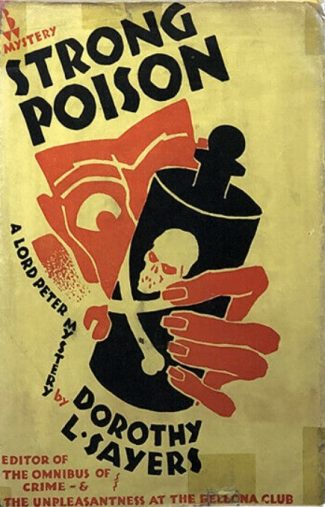

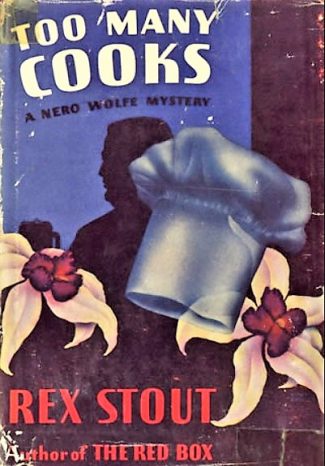


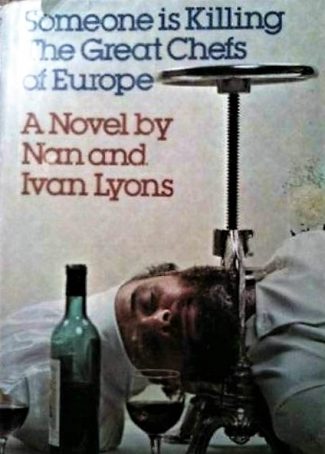
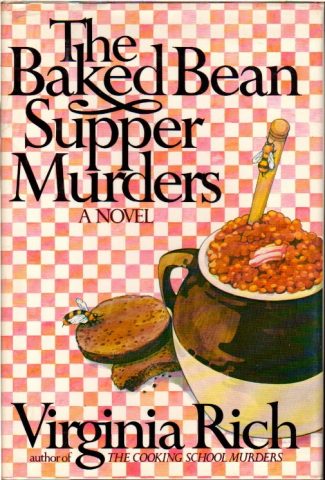
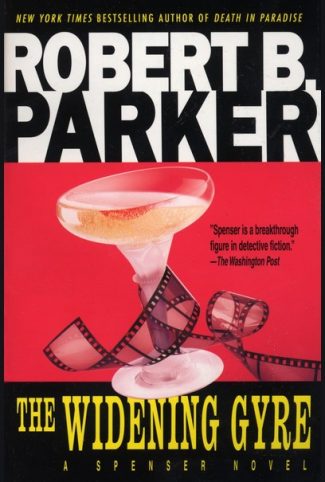
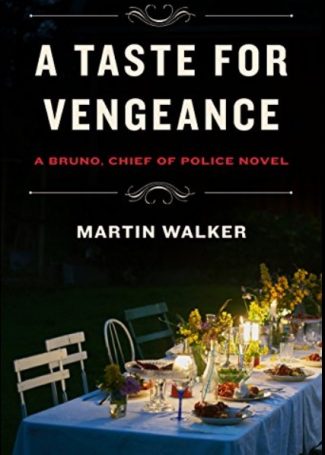
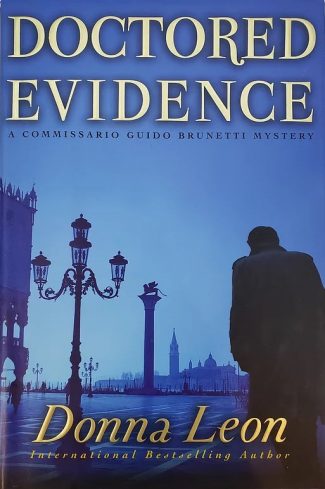
Such fun to write this piece for Criminal Element!
Such fun to read it!
Thank you so much admin for uploading such amazing content with us your blog is really helpful for me. wish you all the best for upcoming comments.
This is just the information I am finding everywhere. Thanks for your blog, I just subscribe your blog. This is a nice blog.
Ideas like these shares a lot of info on different factors so thanks for sharing
I have come to your website for the first time today and here I have get a lot of information, thank you very much for this.
Thanks for sharing this informative and amazing post here
Thanks for sharing this complete blog post of magnificent quality.